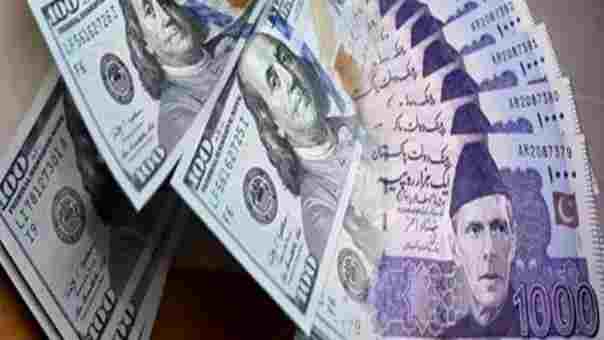Karachi, June 24, 2025 – The Pakistani rupee posted a mild recovery against the US dollar on Tuesday, snapping a 10-session losing streak that had been exacerbated by geopolitical tensions and domestic uncertainty.
According to data from the interbank foreign exchange market, the rupee appreciated by 10 paisas, closing at PKR 283.77 against the dollar, up from the previous session’s close of PKR 283.87. Currency dealers attributed this slight improvement in the rupee-dollar exchange rate to a ceasefire agreement between Iran and Israel, which brought a wave of optimism to international financial markets and regional economies.
The easing geopolitical tension led to a notable decline in global oil prices. As Pakistan heavily relies on imported petroleum and crude oil, the reduced import bill is expected to alleviate pressure on the rupee. A lower oil import cost means fewer dollars are required for payments, supporting the rupee’s position in the forex market.
However, the federal budget announcement for FY2025-26 has introduced new challenges. Tax reforms and expenditure targets have heightened inflation concerns and investor unease, fueling speculative behavior in the rupee-dollar market. As uncertainty grips the financial sector, demand for the dollar has increased, placing renewed pressure on the rupee.
Despite the volatility, some economic indicators offer support. The State Bank of Pakistan (SBP) reported that workers’ remittances soared to $34.9 billion in the first 11 months of FY25—a 28.8% increase compared to the same period last year. In May alone, remittances hit $3.7 billion, injecting much-needed dollar liquidity into the system and providing temporary relief to the rupee.
Additionally, the SBP confirmed a $130 million increase in foreign exchange reserves during the week ending June 13, 2025. While modest, this uptick enhances the central bank’s ability to intervene in currency markets to stabilize the rupee-dollar parity when necessary.
Analysts caution that the rupee may continue to face pressure in the coming weeks. The interplay of global commodity trends, fiscal developments, and geopolitical risks will remain crucial in shaping the rupee’s outlook. Sustained dollar inflows and stable macroeconomic policies are essential for restoring confidence and anchoring the rupee in the medium term.
